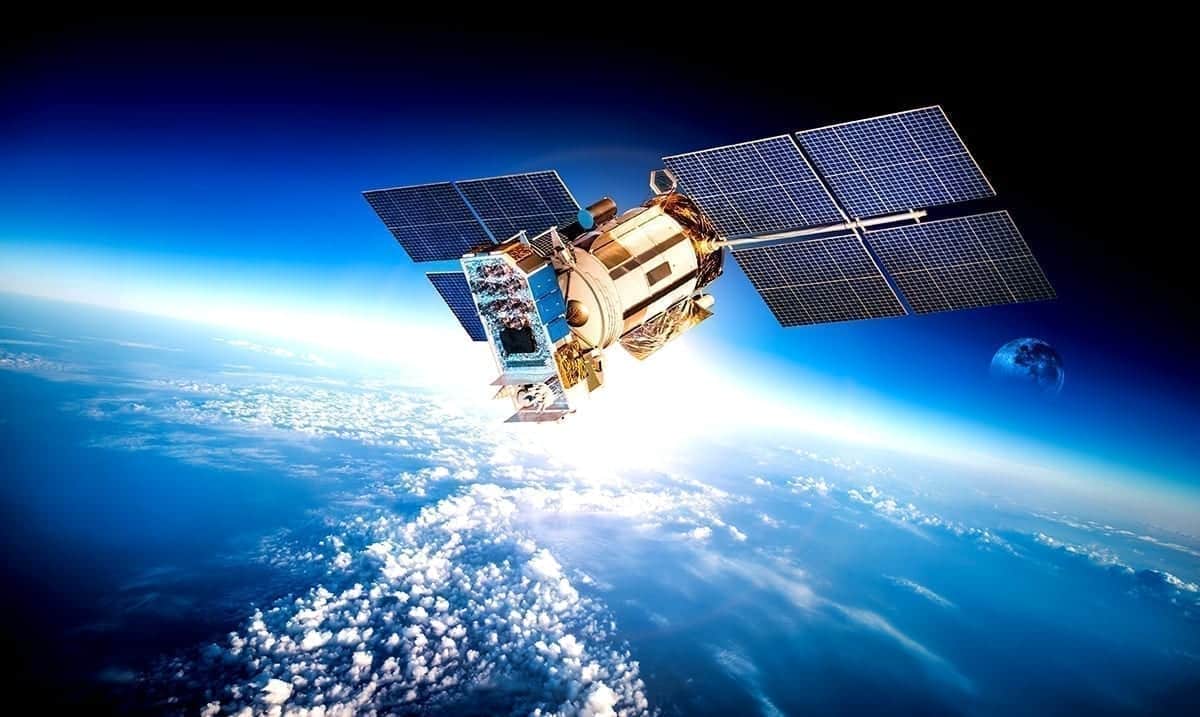While we all know that satellites are sent up into space quite often and that there is a good number present in space right now but what happens when they stop working? Well, it’s not like we can just go get all of them, is it?
Actually, a ‘dead’ satellite can fall to Earth and in the case of the Orbiting Geophysics Observatory 1 Spacecraft or OGO-1 that’s basically what we’re about to experience. According to Space.com, gravity may have finally caught up with this satellite which is now expected to come down in a blazing mess this weekend. That having been said, it won’t be any danger for us and will break up in the atmosphere as it falls back to Earth.
NASA wrote as follows on the topic:
OGO-1 was launched in September of 1964 and was built at NASA’s Goddard Space Flight Center. It was the first of a series of six missions launched, one each year from 1964 to 1969, to better understand our home planet. OGO-1 was launched into an eccentric orbit around Earth that took the spacecraft approximately two days to complete one orbit and allowed the spacecraft to sweep through Earth’s radiation belts to study our planet’s magnetosphere—the region of space surrounding Earth that is controlled by Earth’s magnetic field. OGO-1 operated and returned scientific data for five years until 1969, after which point the spacecraft was placed in standby mode when scientists were unable to return any more data. All support for the mission was terminated in 1971.
While OGO-1 was the first spacecraft to be launched in the OGO series, it will be the last to return home as all other five spacecraft have already decayed from orbit and safely reentered Earth’s atmosphere, landing in various parts of the planet’s oceans. OGO-1 is predicted to reenter on one of its next three perigees, the points in the spacecraft’s orbit closest to our plant, and current estimates have OGO-1 reentering Earth’s atmosphere on Saturday, August 29th, 2020, at about 5:10 pm EDT, over the South Pacific approximately halfway between Tahiti and the Cook Islands. The spacecraft will break up in the atmosphere and poses no threat to our planet—or anyone on it—and this is a normal final operational occurrence for retired spacecraft.
NASA’s Near-Earth Object Observations projects will continue track of this object to confirm its reentry time and location, and to exercise its processes for tracking and predicting impacts of natural objects on Earth’s atmosphere.
With all of the other OGO satellites having come down in a similar manner already, this one is finally reaching its moment. Sure, this might sound scary but it’s just how this kind of thing goes, and allowing satellites to come down this way doesn’t really cause much of a scene and gets the job done just fine, doesn’t it? What do you think about all of this?

